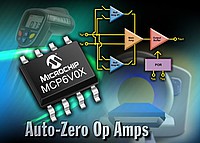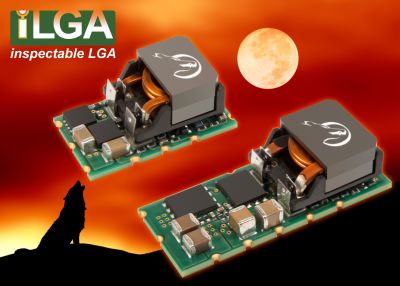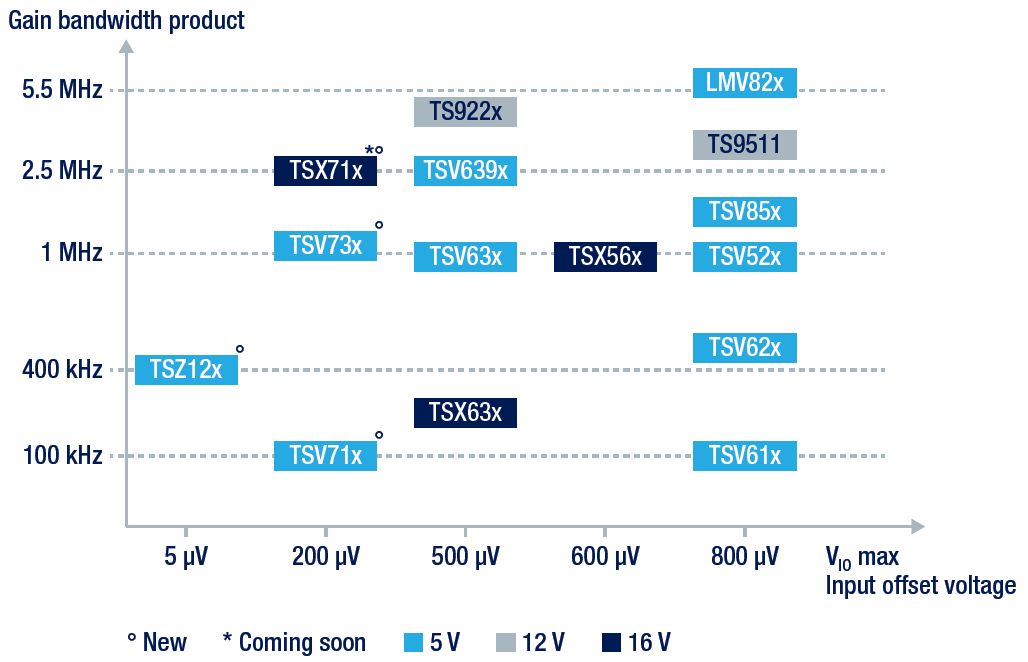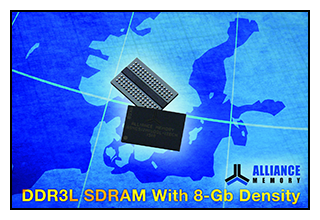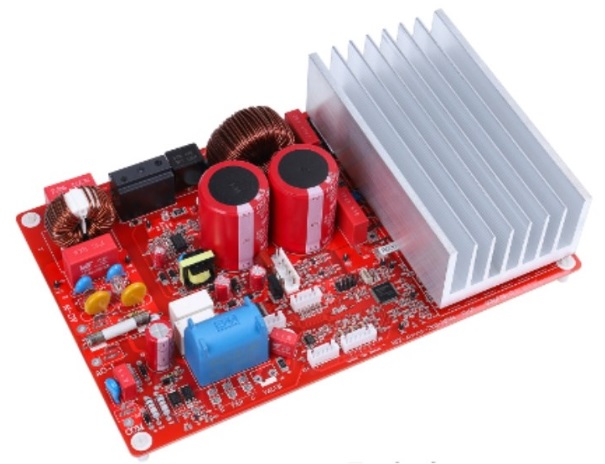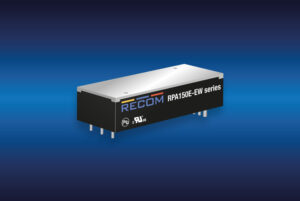Operational Amplifiers
Amplifiers are widely used devices as they have the ability to amplify a relatively small input signal, for example from a Sensor or loudspeaker.
Amplifiers can be thought as a simple box or block containing the amplifying device, which has two input terminals and two output terminals with the output signal being much greater than that of the input signal => it has been “Amplified”.
An ideal signal amplifier has some main parameters.
No matter how complicated an amplifier circuit is, a general amplifier model can still be used to show the relationship of these parameters.
The power gain or power level of the amplifier can also be expressed in Decibels, (dB). The Bel is a logarithmic unit (base 10) of measurement that has no units. Since the Bel is too large a unit of measure, it is prefixed with deci making it Decibels instead with one decibel being one tenth (1/10th) of a Bel. To calculate the gain of the amplifier in Decibels or dB, we can use the following expressions.
Voltage Gain in dB: av = 20 log Av
The bandwith of an amplifier is the range of frequencies for which the amplifier gives well performance.
The gain–bandwidth product ( GBWP) is the product of the amplifier’s bandwith and the gain at which the bandwidth is measured. This is the frequency range in which the amplifier amplified linear and stable.
Slew rate, SR, is the rate of change in the output voltage caused by a step input. Its units are V/ìs or V/ms. As the frequency gets higher and higher the output becomes slew rate limited and can not respond quickly enough to maintain the specified output voltage swing.
INPUT OFFSET VOLTAGE:
The input offset voltage can range from microvolts to millivolts and can be either polarity. Generally, bipolar op amps have lower offset voltages than JFET or CMOS types.
Choosing an amplifier with a low Vio is important for application requiring a high gain in DC.
Rail to rail input/output:
capability input / output can be taken to positive or negative power supply rail within a few milivolts
Noise:
This is a measure of how much noice is introduced in the amplification process. Noise is an undesirable but inevitable product of the electronic devices and components. It is expressed in The product of the value and the frequency is the result.
Split Supply vs Dual// Single Supply:
All op amps have two power pins. Single-supply operation requires a little more care than split-supply circuits. A single-supply circuit connects the op-amp power pins to a positive voltage and ground. This is usefull at battery operated portable eqipment. In this case you must ensure that signal swings between correct voltages (VCC and GND)
A split power supply consists of a positive supply and an equal and opposite negative supply.This allows a wider output voltage range and also a significant flexibility when designing circuits.
If you regard this parameters you will find the best Op-Amp to your application.

